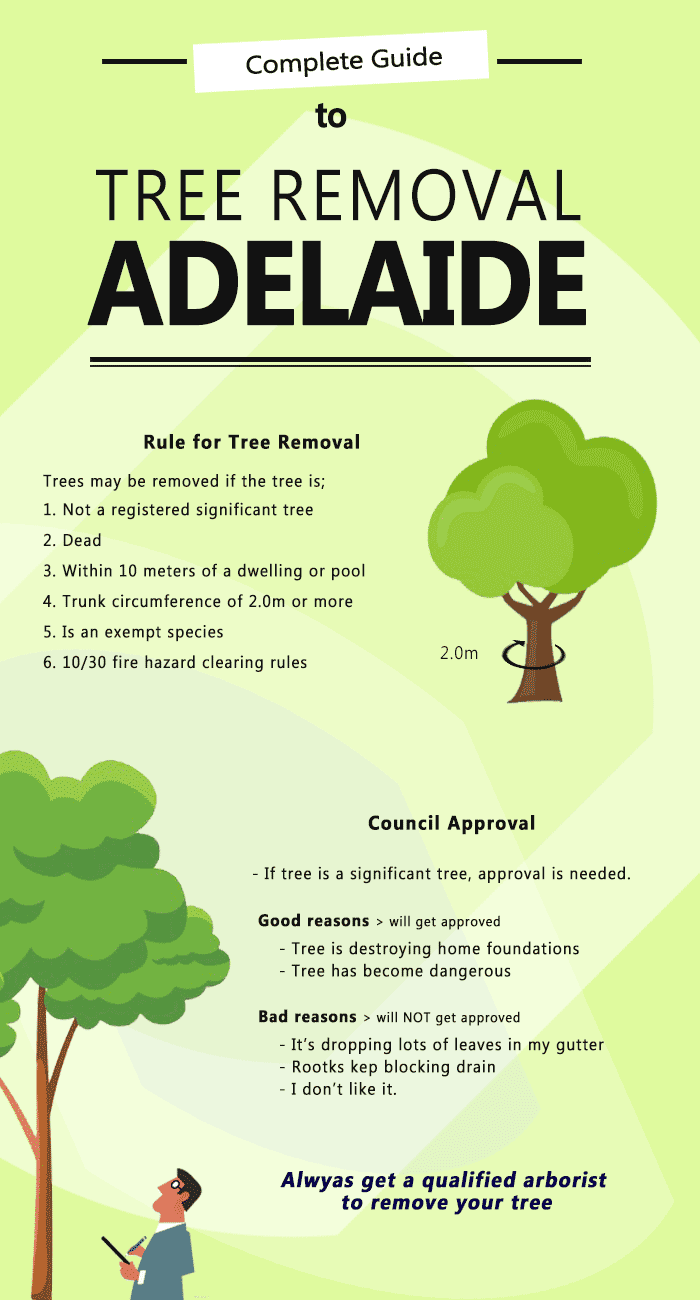The Ecological Impact Of Tree Elimination: What You Need To Know
The Ecological Impact Of Tree Elimination: What You Need To Know
Blog Article
Published By-Juarez Walker
When it pertains to the environmental impact of tree elimination, there are essential aspects that require your focus. From the complex internet of relationships within ecosystems to the succeeding effects on environment patterns, the effects are profound. You could be stunned to find the detailed ways in which the removal of trees can resound throughout the atmosphere. Keep tuned to decipher the intricate links and ramifications of this seemingly simple act.
Deforestation and Habitat Loss
Deforestation and environment loss are essential problems coming from tree elimination. When trees are cut down, it interrupts entire environments. Not only are the trees themselves shed, however the homes and food resources of many plant and animal species are damaged too. Birds lose their nesting sites, mammals lose their sanctuary, and bugs lose their environments. The results surge through the food chain, influencing predators and victim alike.
In addition, logging contributes to climate change. Trees play an essential role in taking in co2, a greenhouse gas that traps heat in the atmosphere. With less trees, there's much less carbon dioxide absorption, leading to raised levels of this gas in the ambience and aggravating international warming.
Precisiontimberfelling
Habitat loss is a direct result of logging, as the destruction of woodlands means the loss of one-of-a-kind and varied communities. Lots of species are incapable to adapt to fast changes in their environment, bring about populace decreases and, in some cases, termination.
Securing woodlands is important to preserving the delicate equilibrium of nature and making sure the survival of numerous plant and animal species.
Influence on Biodiversity
The removal of trees has a significant effect on biodiversity, influencing the selection and abundance of plant and animal species in a location. Trees supply environment and food resources for countless organisms, from pests to birds to creatures. When trees are gotten rid of, these varieties shed their homes and resources of nourishment, leading to a decrease in their populations. This interruption can have plunging impacts on the whole community.
Additionally, trees play a critical role in preserving biodiversity by creating microhabitats within their canopies, trunks, and origins that support a variety of types. When trees are cut down, these specialized environments are damaged, minimizing the total diversity of the area.
Furthermore, the removal of trees can result in a decline in genetic variety within plant populations, as particular tree species may no more have the ability to recreate or spread efficiently. Securing trees and woodlands is important for preserving biodiversity and making certain the health of communities for future generations.
Soil Erosion and Environment Change
With trees being removed from an area, the interruption of soil framework and security takes place, resulting in increased dirt disintegration. Trees play an important role in avoiding disintegration by holding dirt in position with their root systems. When trees are gotten rid of, particularly in great deals, the soil becomes much more prone to erosion from wind and water. This disintegration not just influences the prompt surroundings yet can additionally lead to sedimentation in close-by water bodies, influencing water top quality and water ecosystems.
In addition, trees assist regulate the environment by taking in co2 throughout photosynthesis. When trees are cut down, this natural carbon sink is lessened, contributing to raised degrees of greenhouse gases in the environment. This can worsen environment change, bring about more severe weather condition occasions and interruptions in communities worldwide.
For that reason, the removal of trees not only speeds up dirt disintegration but additionally contributes in the bigger environmental concern of climate change. It's vital to take into consideration these aspects when assessing the impacts of tree elimination on the environment.
Final thought
Since you recognize the environmental influence of tree elimination, take into consideration the consequences before lowering trees. Deforestation interrupts ecosystems, lowers biodiversity, and contributes to soil erosion and climate change. By being read on of the effect of tree elimination, you can aid safeguard our environment and preserve the delicate balance of nature. Make informed choices and take into consideration alternate solutions to minimize the adverse effects on our planet.
